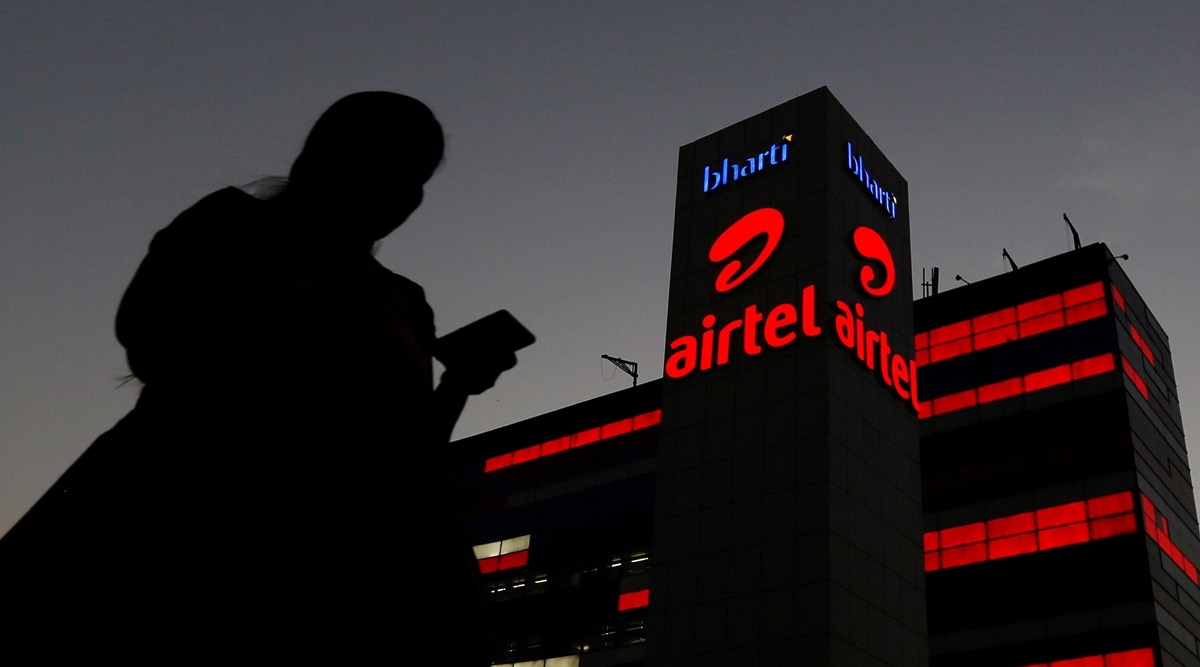The Indian ‘Big 5’ May Have Taken Inflation Hostage; But With Cost Of Living Only Set To Increse In Future, Here Are Some Critical Factors We Need To Know
Inflation is a significant concern for many people, especially those on fixed incomes. It can erode the value of your savings and make it harder to afford everyday items. The Indian economy is currently experiencing a period of high inflation, with core inflation reaching its highest level in over five years But what drives inflation? One key factor could be the power concentration led by India's five major private sector firms – Reliance Group, Aditya Birla Group, Adani Group, Bharti Airtel and Tata Group. It means that when these companies raise their prices, other businesses must follow suit in order to remain competitive. However, it is not just the Big-5 that may have held inflation hostage; costs, in general, are on the rise because of certain factors, and it is vital to know these.

The Question of inflation has been a point of concern for a while now, and just a few days back, former RBI dy governor Viral Acharya stated that the pricing power of the ‘Big 5’ was driving core inflation; it sounds true; take a look around, a standard white bread which cost Rs. 15 just a few years back is now priced at Rs. 30!
And the fact that one is worried that we may actually be on an upward trajectory when it comes to things getting more and more expensive – we are right to believe so.
The Indian economy is currently experiencing a period of high inflation, with core inflation reaching its highest level in over five years. This has been primarily driven by the pricing power of the big five companies – Adani, Tata, Reliance, Bharti Airtel and Ambani. These companies have become increasingly influential in India’s economy due to their size and market share.

These five companies have become so large that they are able to influence prices in their respective markets. They can set higher prices than competitors because they have the power to do so, and the consumers have no choice but to accept these price hikes.
This also means that when these companies raise their prices, other businesses must follow suit in order to remain competitive. As a result, core inflation rises as more goods and services become more expensive across the board.
This is precisely what is echoed by the former dy of RBI, who voiced in an event; that on a scale of top 10 companies in a particular sector, the big five are eating away those lined from 6-10, which basically translates to the fact that this has resulted in concentration at the very top in a sector instead of arranging companies in terms of small, medium to large.
To put the above into perspective, the big five have taken over the growth opportunity of those lined behind them, resulting in industrial concentration very heavily centred at the Big – 5.
He further substantiated this point by giving out some numbers – between 1991 and to present, the Big five business groups’ share of total assets rose from 10% to 18% and now control around 18% of the non-financial sector assets and about 12% of the sales.”

Up UP And Away
The food prices have been on a high, and so have the fuel prices; the LPG prices have also increased this budget, and with economic uncertainty and no substantial rise in income – these prices are burning a hole in the pockets.
It’s essential for individuals to understand how these big companies affect inflation so they can plan accordingly for future expenses or investments.
While the impact of this pricing power has also been seen in recent years with rising costs of products, these increases have contributed to an overall rise in consumer prices, leading to higher levels of core inflation over time.
Important Factors
1) Living In Big Cities – will only get more and more expensive; why? Because land is limited, and over a period of time will become more expensive therefore to capitalize higher buildings and more people living per square metre.
Construction prices are equally touching the sky; in the traditional sense of economy Land, Labour and Capital are defined as means of production; what has been happening lately, construction prices have rocketed, and hence this will result in higher costs of buying or purchasing, rent, business costs etc. all translating to a higher cost of living in cities.
2) Absorption Of WorkForce In Big Cities – it has been seen that workforce concentration is limited to a few major cities in the country – Mumbai, Bengaluru, Hyderabad, and Delhi. These are the four corners where maximum people flock to for earning their livelihood, and although the pandemic disrupted this equation a bit as work from home caught on however, it will take at least a good 10 -15 years for online work to replace office work (if it will).
Hence, if one plans to buy a house in any of these cities, it is a huge deal – as owning a home is getting really costly.

3) How To Afford? – let us say you are a salaried individual; by usual standards, one can expect a 10 per cent hike in salary, but if the inflation beats that, then what is one to do?
Today, earning money and investing it right have become extraordinarily complicated and taking debt is getting risker day by day, and one of the main reasons is that trying to figure out the accurate valuation of anything is getting tougher.
For example, take the Adani Group; the expansion and the rise of this business group were totally debt-driven. It had overvalued stocks that took a crash after the Hindenburg report, and the public became aware of how much debt the group was, in reality, exposed to, sending shockwaves across the market!
Hence coming back to the Big – 5, overall, it’s clear that the pricing power of the Big 5 plays an essential role in determining core inflation rates which affect us all at some level whether we realize it or not!
By being aware of this dynamic, we can better prepare ourselves financially both now and in the future.
Adani is one of India’s largest conglomerates and has interests across multiple sectors, including energy, infrastructure and logistics. The company has seen significant growth in recent years as it expands into new markets, such as renewable energy and digital services.
As a result of this expansion, Adani now holds considerable pricing power, which allows them to set prices for goods or services that are higher than what would be expected under normal market conditions.
Tata Group is another major player in the Indian economy, with interests spanning from automobiles to IT services. The group also owns several large retail chains, which gives them additional pricing power when it comes to setting prices for consumer goods like food items or clothing items.

Bharti Airtel is an Indian telecommunications giant that provides mobile phone service throughout the country as well as broadband internet access. With such a broad reach across India, Bharti Airtel can exert considerable influence on price levels within specific markets where they operate.
Finally, the Ambani Group, owned by billionaire Mukesh Ambani, operates businesses across various industries, including petrochemicals, textiles and media. Like other large corporations mentioned above, Ambani Group too enjoys substantial pricing power due to its size and market presence.
Conclusion: We need to understand the emerging overall trend –
Land is only going to get costlier, and owning a piece of land is going to get riskier as builders would want to capitalize on it.
Living in Big cities and affording them will only become much costlier.
Incomes may not be able to keep pace with the desired standard of living (wants and desires).
Investing right is becoming more complex, as debt-fueled companies are prone to larger market dynamics which are fragile and never the same.
And finally, the question of monopolies, which have the upper hand in driving the costs of basic or essential products or services.
Tough times indeed!




